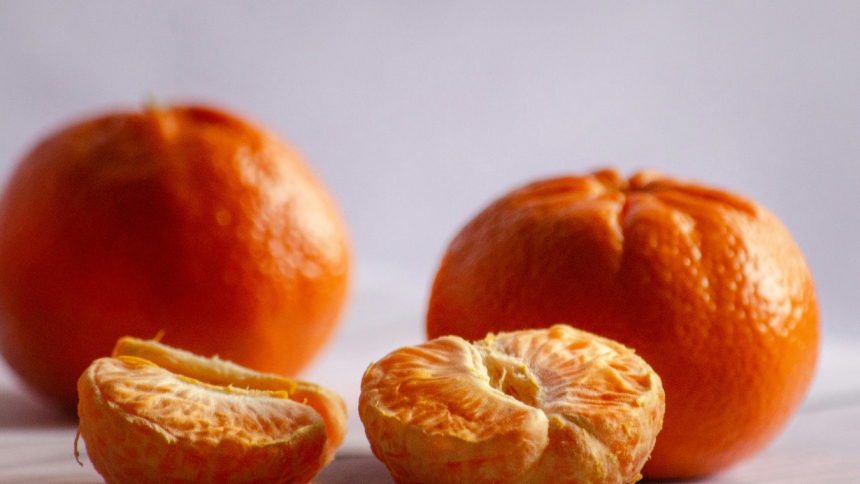
They are also super nutritious. Loaded with vitamin C – one mandarin can provide more than half your daily dose – fibre and antioxidants, they can also give you a surprising kick. Rather than make that mid-afternoon coffee, reach for a mandarin or two. They contain polyphenols, which help wake up the brain without keeping you awake into the night.
Regarded as symbols of good luck and prosperity in some cultures, mandarins are believed to have been in China and South East Asia for more than a million years. In fact, wild mandarins are the forebears of so much of the citrus we love, including oranges, grapefruit and lemons.
Mandarins are at their peak from May through to spring in Western Australia, where we are blessed with many different types to choose from.
Spoilt for choice
Like oranges, mandarins are grown from just south of Perth up into the Perth Hills across to the Wheatbelt, where Moora Citrus produce Imperials and their low-seed Marvellous Mandy, and into the Mid West.
Imperials are the most popular, and most widely planted, mandarins in Western Australia. They are also usually the first of the new season to arrive on our shelves, according to peak industry body WA Citrus. Available through to August, Imperials are sweet, easy to peel and generally have few seeds, which makes them a hit with the kids, too.
Ellendales are larger and darker than Imperials. Arriving mid winter, they taste like a cross between an orange and a mandarin and are also easy to peel. The Honey Murcott, as the name suggests, tastes like honey. It has seeds and the skin is a bit harder to remove but its sweetness will get you past those hurdles.
Afourer are growing in popularity. Available from July to September, they are a deep orange-red and very juicy. The fact that they are usually seedless and easy to peel adds to their allure.
Mystique and Gold Nugget are the latest bloomers, taking us from September through to October or November, if we’re lucky. The Mystique is actually an orange cross, while the bumpy-skinned Gold Nugget has lovely large segments.
Other varieties you might also spot in grocers – and nurseries, if you’d like to grow your own – include Daisy, Hickson, Hickson Dwarf and Clementines.
Beyond the lunch box
Mandarins are lunch box favourites, whether for school or work, for good reason. But don’t stop there. The delicious citrus lift everything from desserts and salads to savoury dishes in so many lip-smacking ways.
The segments can be used to decorate cakes and pavlovas, or be the hero of the dish, as with this magnificent mandarin cake.
Like oranges, they pair beautifully with cheese, such as in this mandarin, blue cheese and almond salad, and are just as fresh and zesty in vinaigrettes, dressings and sauces.
Fancy something different on your ice-cream or morning porridge? Peel a mandarin or two and poach whole in sugar syrup with your favourite aromatics (such as cinnamon, star anise or fragrant herbs) and pour over as desired.
Picked up a tray? Eat what you can and then turn the rest into marmalade, jam or relish. They make wonderful presents, if you can bear to part with them.
With so much flavour and goodness in such a small package, we can understand why some cultures have a tradition of mandarin gift giving, from Chinese New Year in China to Christmas in Canada and New Year in Japan.